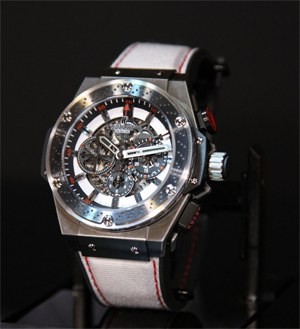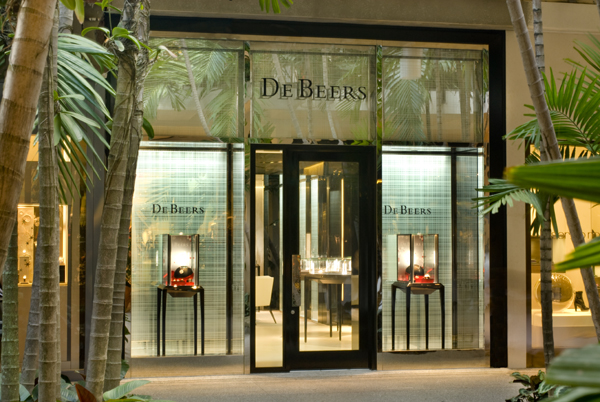|
RAPAPORT...
U.S. consumers who are defined by Unity Marketing as ''high earners not rich yet,'' or HENRYs, have returned to the luxury goods marketplace, according to the retail consultancy. Unity Marketing considers HENRYs to have annual incomes of $100,000 to $249,999 and found their spending on luxury goods rose 11 percent in 2011 compared with 2009. It is important to note that up until that point, HENRYs had largely been ''missing in action'' since the great recession, according to Unity Marketing. Additionally, since the ultra-affluent set, or those with incomes of $250,000 or more, reduced luxury spending by 30 percent year on year in 2011, HENRYs appeared on the scene to pick up some of that slack. While HENRYs individually have a far lower spending threshold than ultra-affluents, they do account for 21.3 million U.S. households, or 10 for every ultra-affluent, making them a critically important part of the consumer market.  Unity Marketing found that in total, luxury goods and services spending grew only 1.3 percent between 2009 and 2011, with the best performing categories as measured by change in spending being travel (up 40.8 percent); kitchenware and cooks' tools (up 37.5 percent); entertainment (up 33.6 percent); dining (up 26.5 percent) and fashion accessories (up 23.4 percent). Categories with the greatest contraction in spending by wealthy consumers during that three year period were kitchen appliances (down 23.9 percent); watches (down 20.1 percent); jewelry (down 10.2 percent), and furniture, lamps and floor coverings (down 7.3 percent), according to Unity Marketing. While the typical HENRY can only, rarely if ever, indulge in core product ranges from ultra high-end luxury brands such as Chanel, Louis Vuitton, Hermes, or Gucci, they do support these brands with less costly purchases, such as lipstick from Chanel, small leather goods from Louis Vuitton, etc., noted Unity Marketing. However, HENRYs are key to brands with accessible luxury products such as Coach, Ralph Lauren, Tiffany, Kate Spade, Vera Wang, Michael Kors, Restoration Hardware and premium mass brands -- Ann Taylor, Banana Republic, Williams Sonoma, among others. "After an extraordinary year in 2010, things are returning to a more normal state in the luxury market in 2011," said Pam Danziger, the president of Unity Marketing. Based upon Unity Marketing's annual report that was release today, The Luxury Report 2012: the Ultimate Guide to the Luxury Consumer Market, luxury consumer spending peaked in 2010, but then fell back to recession-level spending in 2011. Danziger added, "Last year we were looking for the return of the HENRYs back into the luxury market and this year we can say they have returned and are more positive about spending in the future. For example, in 2009 only 18 percent of the luxury consumers surveyed expected to spend more on luxury in the next 12 months; by comparison 26 percent in 2011 predict greater spending on luxury throughout 2012." As another positive indicator, Danziger noted that fewer affluent consumers were altering their spending patterns due to economic concerns. Among the most notable positive changes in their lifestyle is that affluent consumers are dining out more often and shopping more frequently. They are less likely to delay purchases and in another indicator of a positive shift in sentiment, fewer affluents are resorting to using coupons to save money.
|